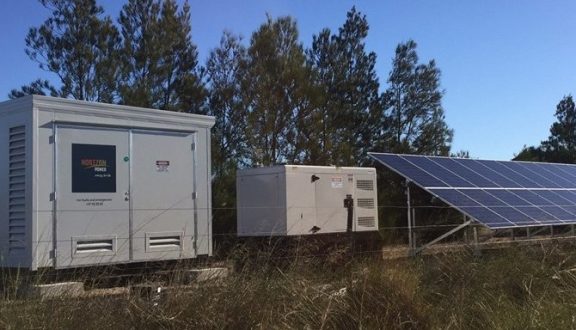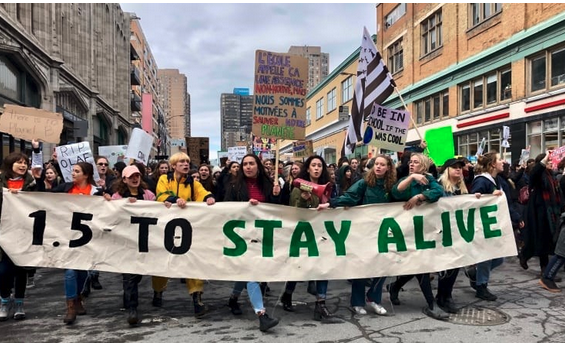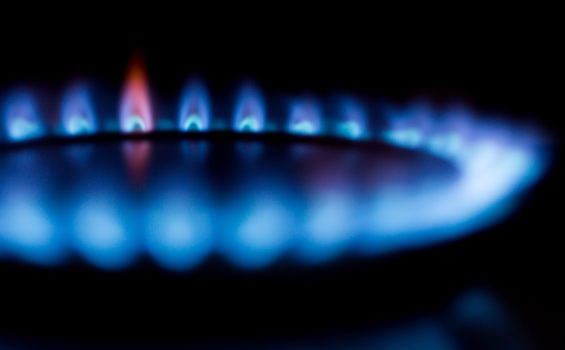
Distributed Energy Resources (DERs) and community-scale microgrids
4 May 2023
Traditionally, our energy system is structured around large central power generation sources such as coal or gas-fired power stations. The electricity generated by these is distributed through the main grid (or macrogrid), made up of a network of transmission lines and substations that manages the supply of and demand for electricity. In WA this is called either the Southwest Interconnected System or SWIS and is managed by Western Power, or the Northwest Interconnected System (NWIS), managed by Horizon Power.
A Distributed Energy Resource (DER) is a small-scale alternative power generator that serves a dwelling, street, town, or industrial site, as an alternative to the industrial-scale fossil fuel power generators or other large scale renewable energy generators. The DER can generate electricity from solar panels, wind turbines, or other forms of renewable energy generation, and distribute it directly to a home or building, or through a local microgrid.
The Australian Renewable Energy Agency (ARENA) defines 3 types of microgrid:
- main grid connected microgrids (sometimes also called embedded). Community batteries are an example of a connected microgrid.
- standalone power systems (SAPS) which can be temporarily or permanently disconnected from the main grid (‘hybrid’ model).
- remote isolated microgrids. These are not connected to the main grid – and are often in remote locations or at the fringes of the main grid.
The SWIS manages the supply and demand of electricity to provide what is needed where at the right time. If there is too much electricity generated it is ‘wasted’ (i.e. not used or sold), and if there is too little, then there are blackouts. So, electricity generated by microgrid DERs connected to the SWIS can affect its efficiency and so need to be effectively managed. Electrical energy not used immediately can be stored in community batteries which helps to avoid peaks and troughs from renewable power generation which would otherwise affect the main grid.
At a community scale there are a few pilot programmes where renewable power generation is shared. For each home, their energy generation and usage are monitored so that individual customers are charged appropriately for the energy used, or are compensated for the energy sent to the battery or the main grid.
This growing integration of measuring and monitoring energy use includes innovations such as using home digital applications, or technologies that help us effectively use electrical appliances when there is low demand and a lower cost for energy.
These innovations can also be considered in parallel with opportunities for lowering energy use through better home insulation and glazing, passive solar design, etc.
A microgrid powered by DERs can provide ongoing energy at a community scale, even during disruptions to the main grid caused by bad weather, bushfires, or general maintenance etc. Power can be bought and sold at a local level, through community-owned infrastructure. Plus, where connected to the main grid, excess energy may raise revenue through a feed-in tariff.
With greater efficiency and lower costs of storage, community self-sufficiency of energy supply is becoming more feasible.
Sources


Discussion